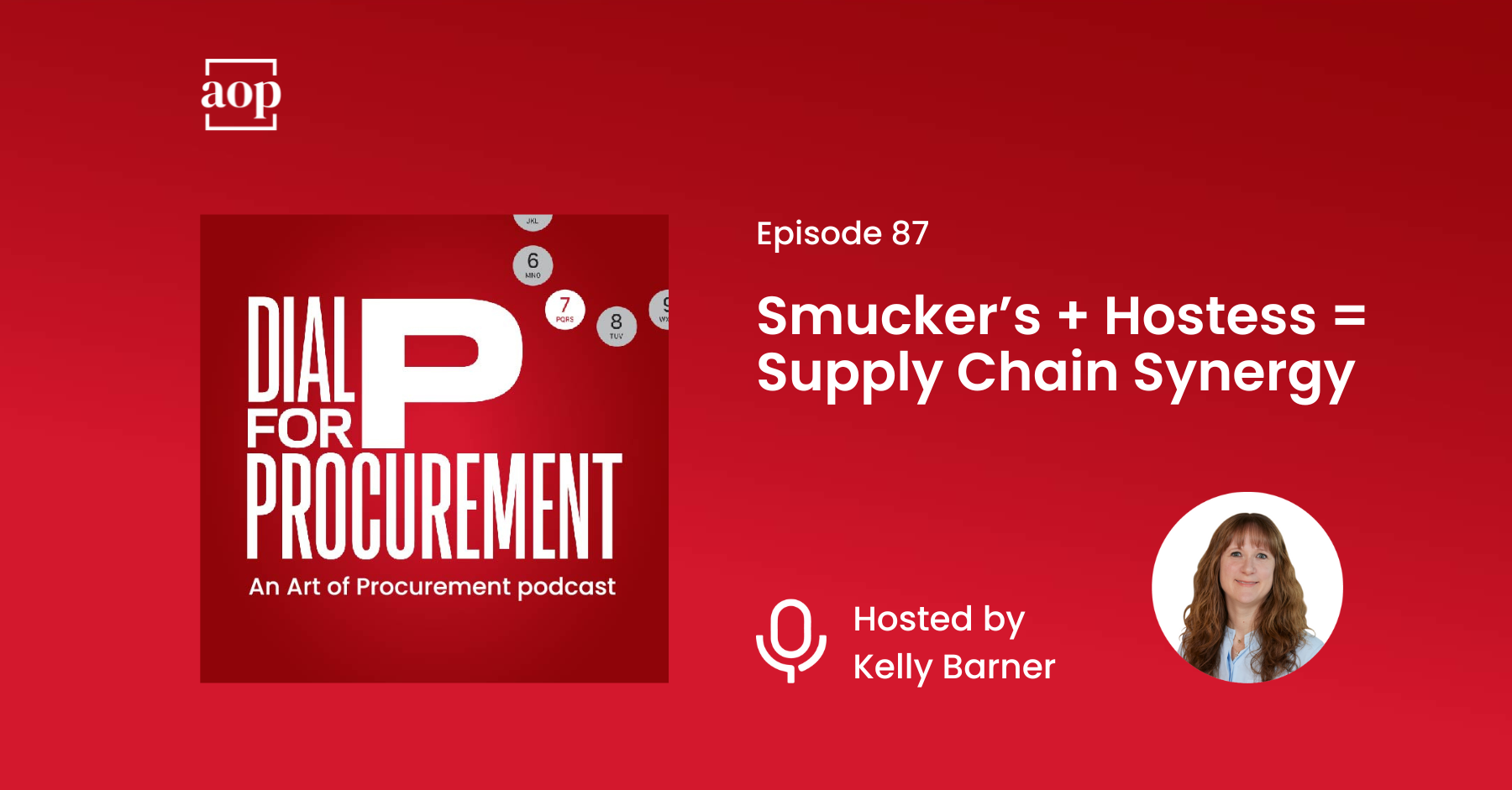
In mergers and acquisitions, synergies are the benefits of combining two organizations that go beyond their new larger size. For procurement, the synergies are usually associated with combining purchase volume for greater negotiating leverage, but at the enterprise level, the opportunities extend to go-to-market strategy and knowledge exchange.
Loving the Snacks, Not the Price
When J.M. Smucker announced in September that they would acquire Hostess for $5.6 Billion, the largest transaction ever to take place in the U.S. bread and cake category, not everyone cheered.
Smucker’s shares fell by 7 percent; investors viewed the deal as too expensive. JPMorgan’s analyst team seemed to say what everyone was thinking, “We can’t say we love this transaction from SJM’s perspective. First, the price is high; we are very surprised that SJM (or anyone) is paying this amount.”
That concern may stem from the fact that Hostess has had a rocky time over the last two decades. The company filed for bankruptcy in 2004 and again in 2012 because of the debt they carried and an inability to introduce successful new snacks.
After the second bankruptcy, Hostess began selling off select brands to different buyers: including Wonder and Drake’s. Twinkies even disappeared from store shelves for a while, nearly causing a general panic among nostalgic snackers. They also sold Sara Lee to Smucker, starting a relationship between the executive teams that no doubt led to the recent acquisition.
Hostess also took the bankruptcy in 2012 as an opportunity to break free from the labor unions as part of its post-bankruptcy reorganization. As we are seeing this year, that may be what is giving them the opportunity to take this next step towards the future.
Calculating the Value of Synergy
It is easy to agree that Hostess’ iconic treats should be saved, but the question remains whether Smucker overpaid for them. Tucker H. Marshall, Smucker’s CFO, believes that there are $100 Million in annual synergies associated with the deal.
The Hostess executive team agrees. President and CEO Andy Callahan pointed out in a prepared statement, “Our companies share highly complementary go-to market strategies, and we are very similar in our core business principles and operations.”
The complementary nature of their strategies is largely thanks to Smucker being focused on grocery retail and Hostess being highly successful in the competitive convenience store space.
Smuckers benefits:
- Increased presence in conveniences stores thanks to Hostess’ expertise
- Access to a faster growth snack category with higher profitability
- Expertise around increasing project shelf stability, which makes it possible to reduce costs and expand distribution
Hostess benefits:
- Financial stability and consistent cash flow
- Marketing assistance from the Smuckers team
- Help gaining market share in grocery stores, where the margins are smaller but steadier
It is worth noting that these synergies are knowledge-based or strategic rather than volume leveraged. In practice, this will mean that the teams need each other’s expertise, making it harder to reduce costs by eliminating duplicate headcount. These synergies will also have to be productive enough to justify the added overhead.
Investing in Supply Chain Transformation
Hostess recently embarked on a supply chain transformation project that earned them some well-deserved positive press.
Hostess had been managing data about the products moving through its warehouses via various outdated methods, including spreadsheets. (Sigh…) Reliance on spreadsheets was impacting their ability to track the movement of all goods from one warehouse to another and monitor how quickly products were being moved across facilities and shipped out.
Before the transformation Hostess had to wait more than five minutes to stage products in its warehouses. That wait time is now less than 13 seconds. They also reduced their data-refresh times from 15 minutes to near real-time. These faster inventory turns made it possible for Hostess to produce more seasonal products and also prepared them for the pandemic without knowing it was on the horizon.
Fortunately for Hostess, they performed well in convenience stores during the pandemic. Their investments in data allowed them to establish the right product mix for each store and understand which items were most in demand so they could keep them in stock.
Relationships as the Basis for Synergy
The CEOs of Hostess and Smucker have been friendly for a few years, since Hostess sold part of Sara Lee’s business to Smucker in 2012. As their relationship developed, Smucker told Callahan he might be interested in Hostess when the timing was right, and reached out to Callahan earlier this year when he heard that a sale might be possible.
The transfer of Sara Lee ended up being like a pilot project, and these executive teams know better than investors and analysts what the potential for value is.
Synergy may sound like a silly consulting word, but in this case it may be a real source of value – as long as the two teams can work together and then make it work for them long term.





